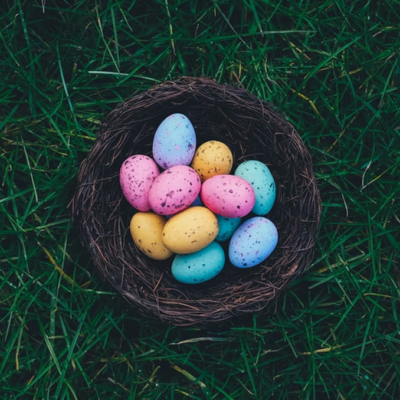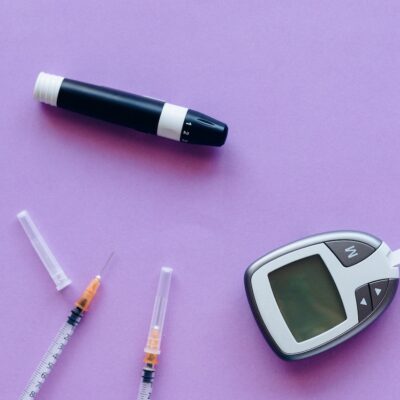The state of the reef can provide insight into the state of the ocean as a whole. During the spawning season, many marine creatures and fish rely on a living, healthy reef. It also provides more than just security. It also has a nutritious and plentiful food chain. It is a crucial life-sustaining system that includes everything from algae and plankton to the largest marine species that reside in the reef.
These Are The Five Most Important Facts About Reefs:
• If the correct conditions are restored, corals have the ability to recover from coral bleaching.
World Reef Awareness Day Will Be Celebrated With A Variety Of Activities
Dough Mat with Coral Reefs
A free printable from This Simple Everyday Mom may be printed, laminated, and used to make amazing play dough sculptures! This printable, on the other hand, can be used in a variety of ways. You can print and cut out the sea creatures and have the students glue them on their coral reef background if you don’t have play dough on hand or want a less messy activity.
Join Us On A Virtual Field Trip
This field trip does not require students to leave the classroom! Many aquariums offer virtual field tours in which you may view their underwater webcams that monitor their ocean tanks. You can go for free to the Georgia Aquarium, the Monterey Bay Aquarium, or the National Aquarium, to name a few. Students can learn about the fish in the aquariums while watching real footage of them.
Sea Rocks Made of Clay
K6Art has created an art project that goes along with a science lecture. You only need a few items that you most likely already have on hand. Students in higher grades can create their own sea rocks and then paint them once they’ve dried. The teacher can design the rocks and the children can just paint them for smaller students who cannot use the tools or work with clay. The only drawback is that they must dry for 12 days before being painted. While students wait for their products to dry, they can use the website to learn about science.
Graham Crackers: Under the Sea
To go along with the activities, The First Year Blog has a fun snack dish. Only graham crackers, goldfish crackers, sprinkles, and blue frosting are required. Students can make fish-shaped graham crackers to seem like they’re swimming beneath the sea. If this is too much, something as basic as goldfish crackers should suffice!
Fish With Fingerprints
Are you looking for an entertaining math lesson for your kids? Try this project from Play dough to Plato, which is suitable for children aged 3 to 5. It allows you to practice counting with your students by painting their fingerprints into fish and having them count them. If you don’t have any paint on hand, you can use washable markers or crayons to create the same effect and have the kids color their fish.
Color Sorting Exercises
Hunny I’m Home DIY has created a free printable game that allows children to learn color sorting. They can “feed the shark” by matching their color fish to the sharks of the same color. You’ll only need card stock, scissors, glue (a hot glue gun works best), toilet paper tubes cut in half, and the downloads. It’s a basic activity, but it’s a lot more fun when it’s shark-themed!




